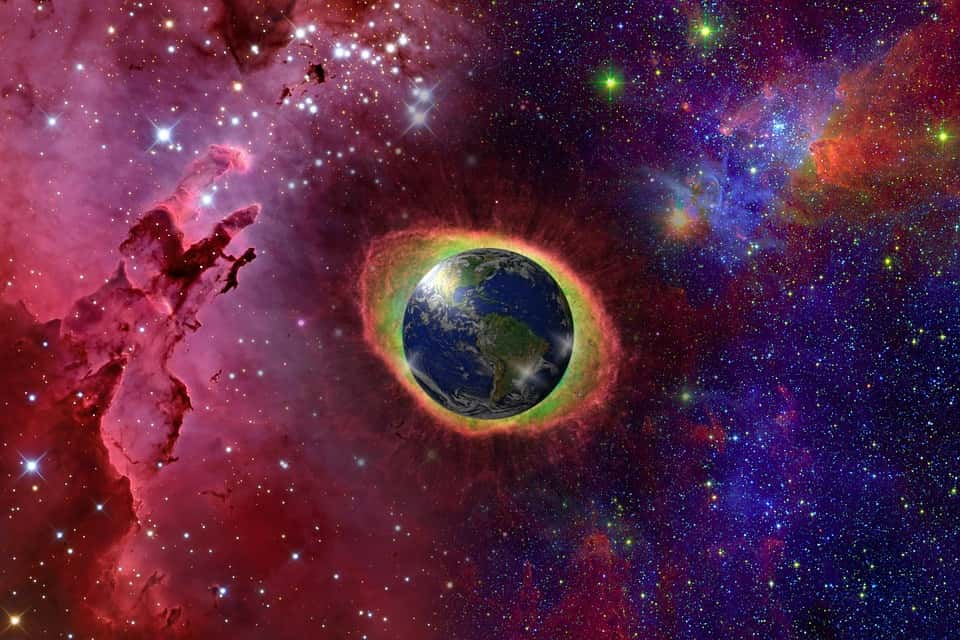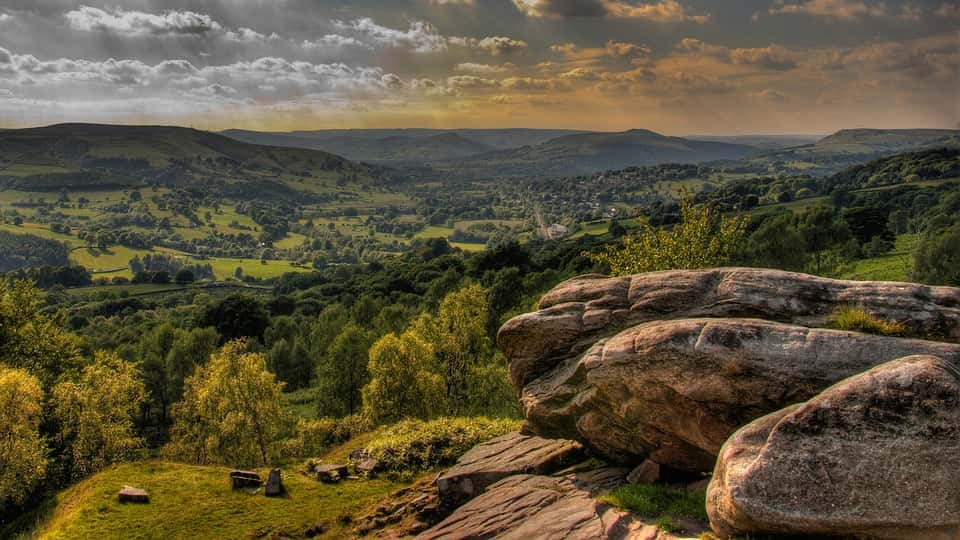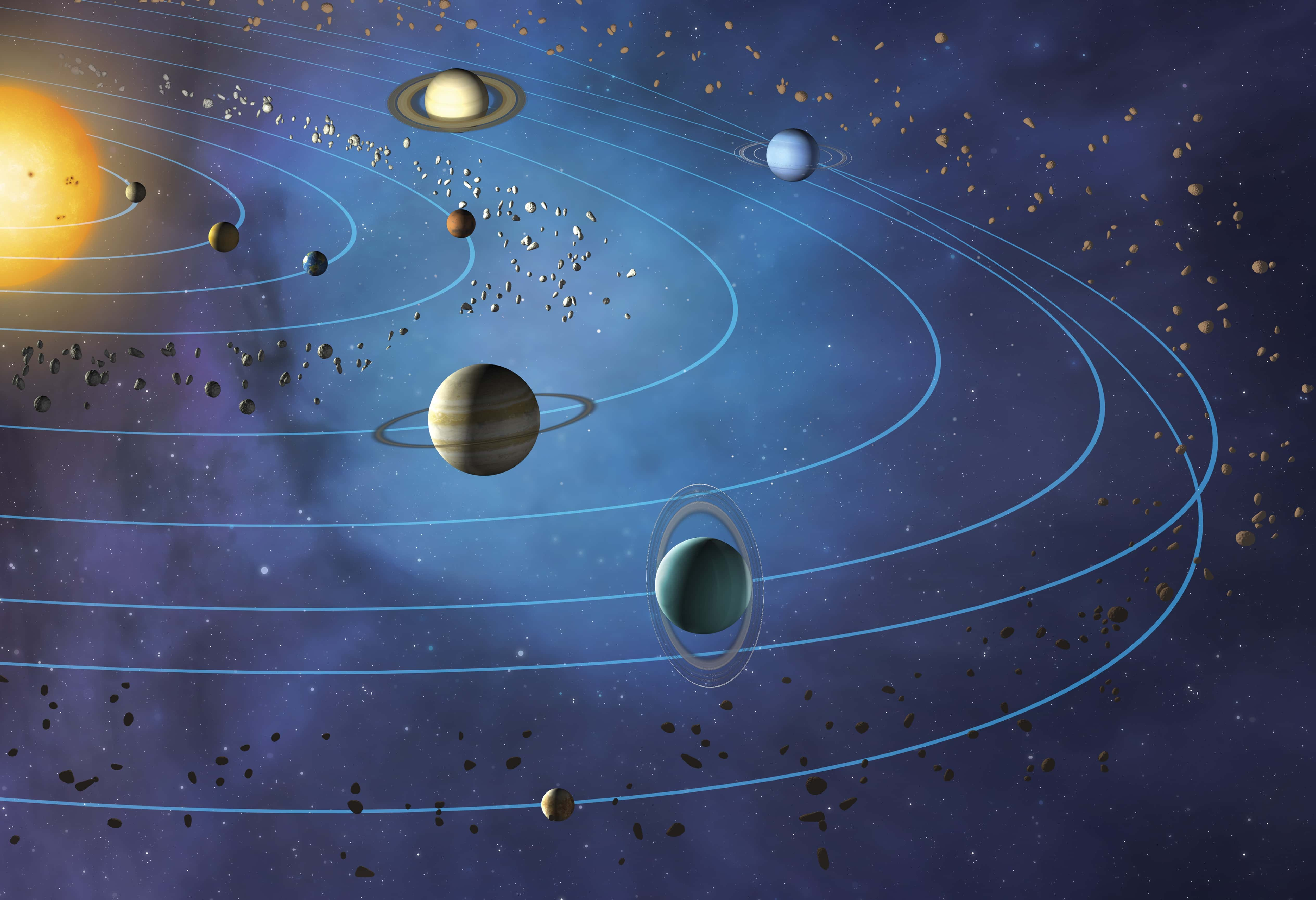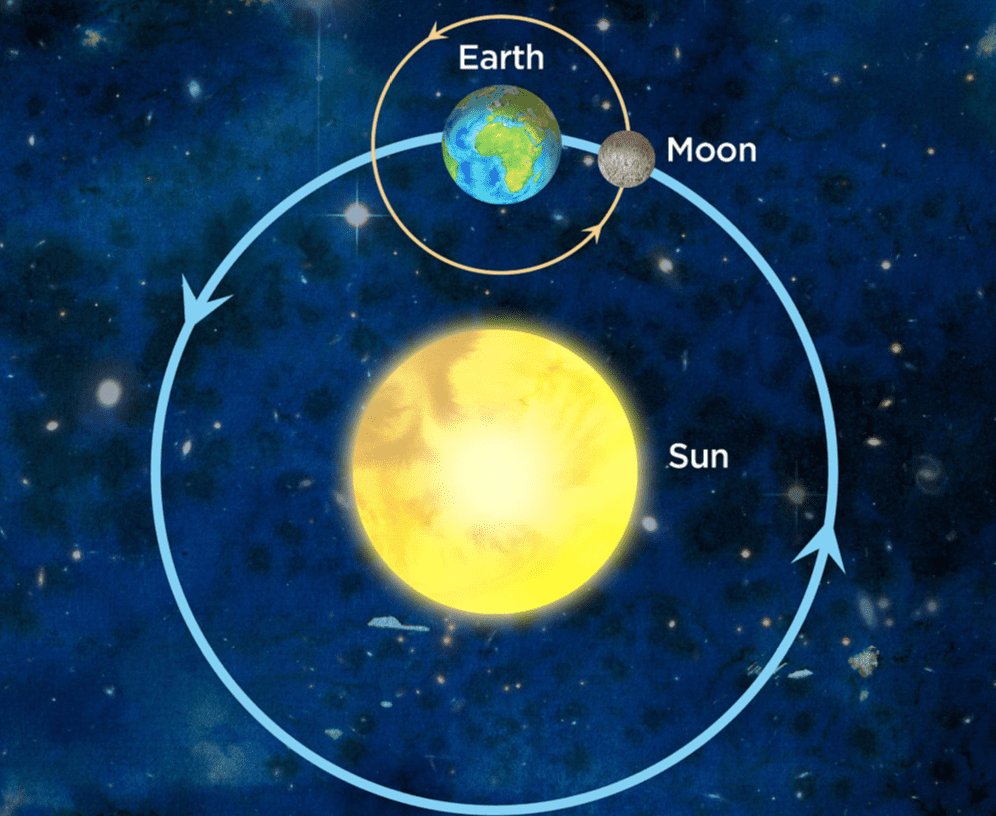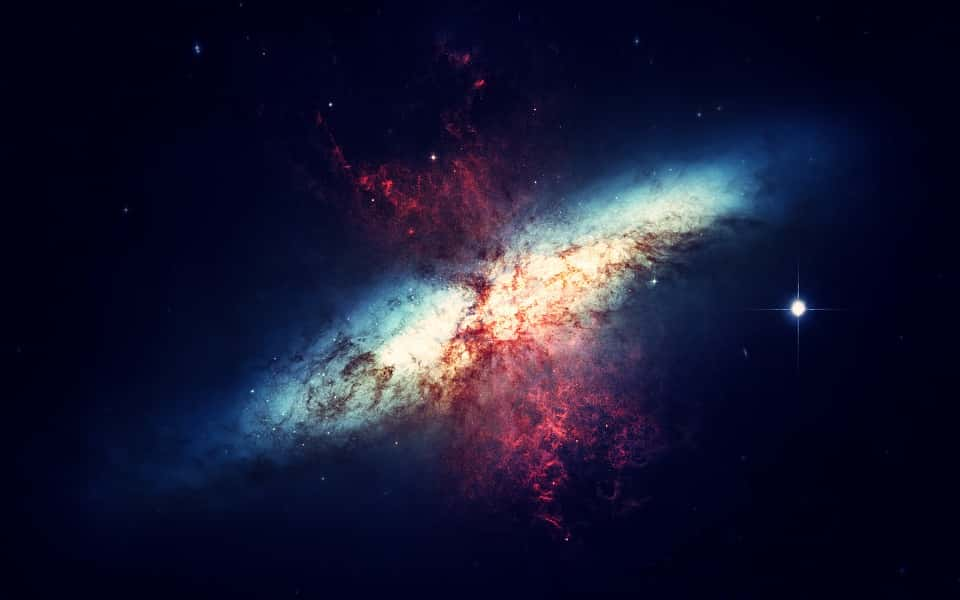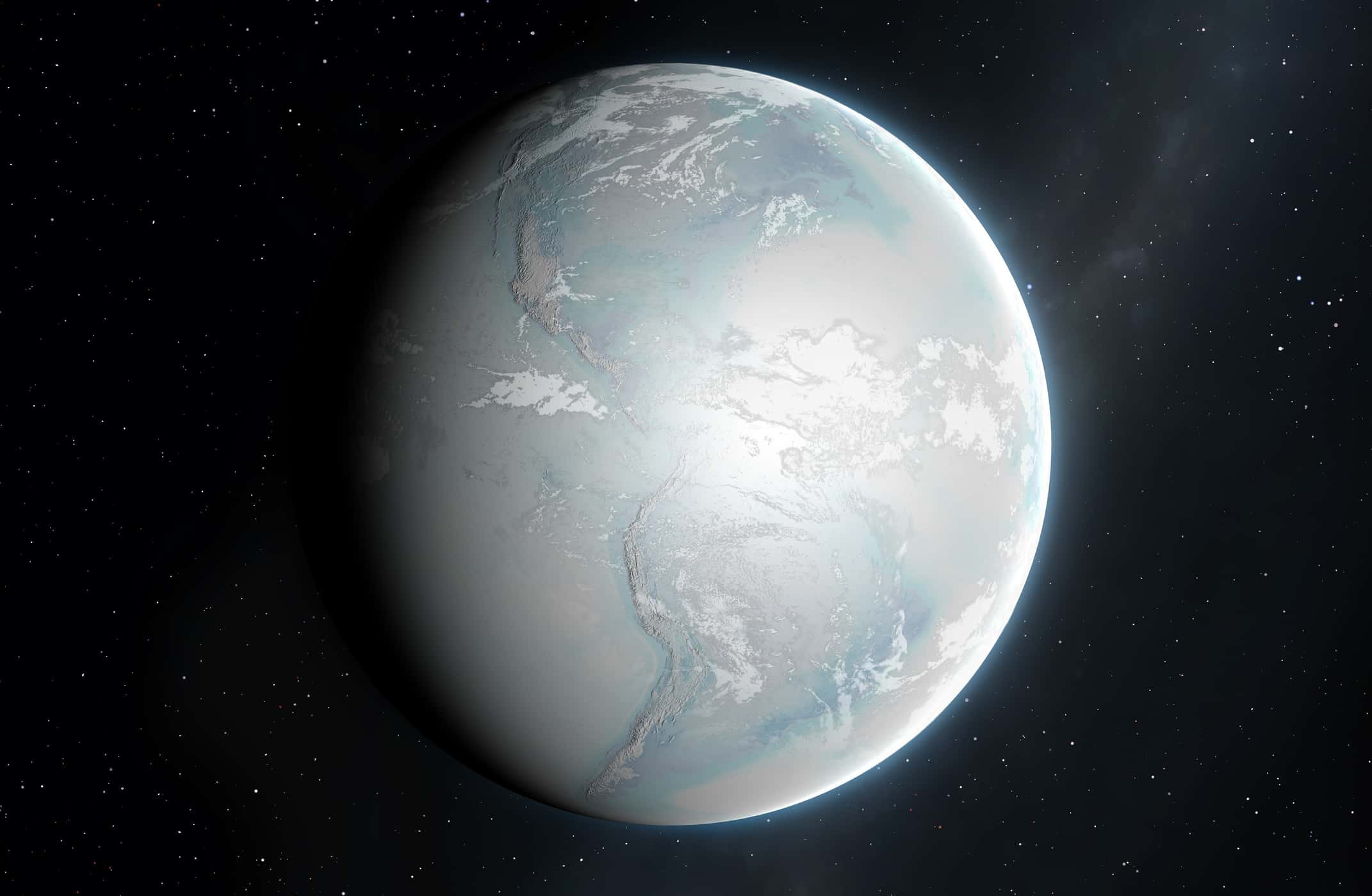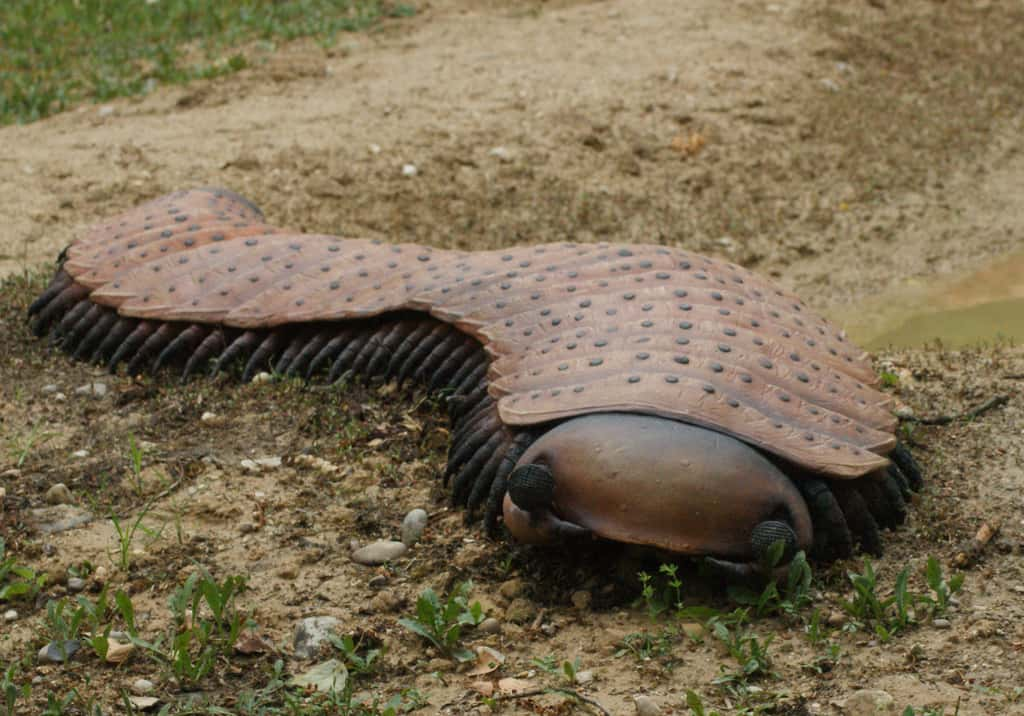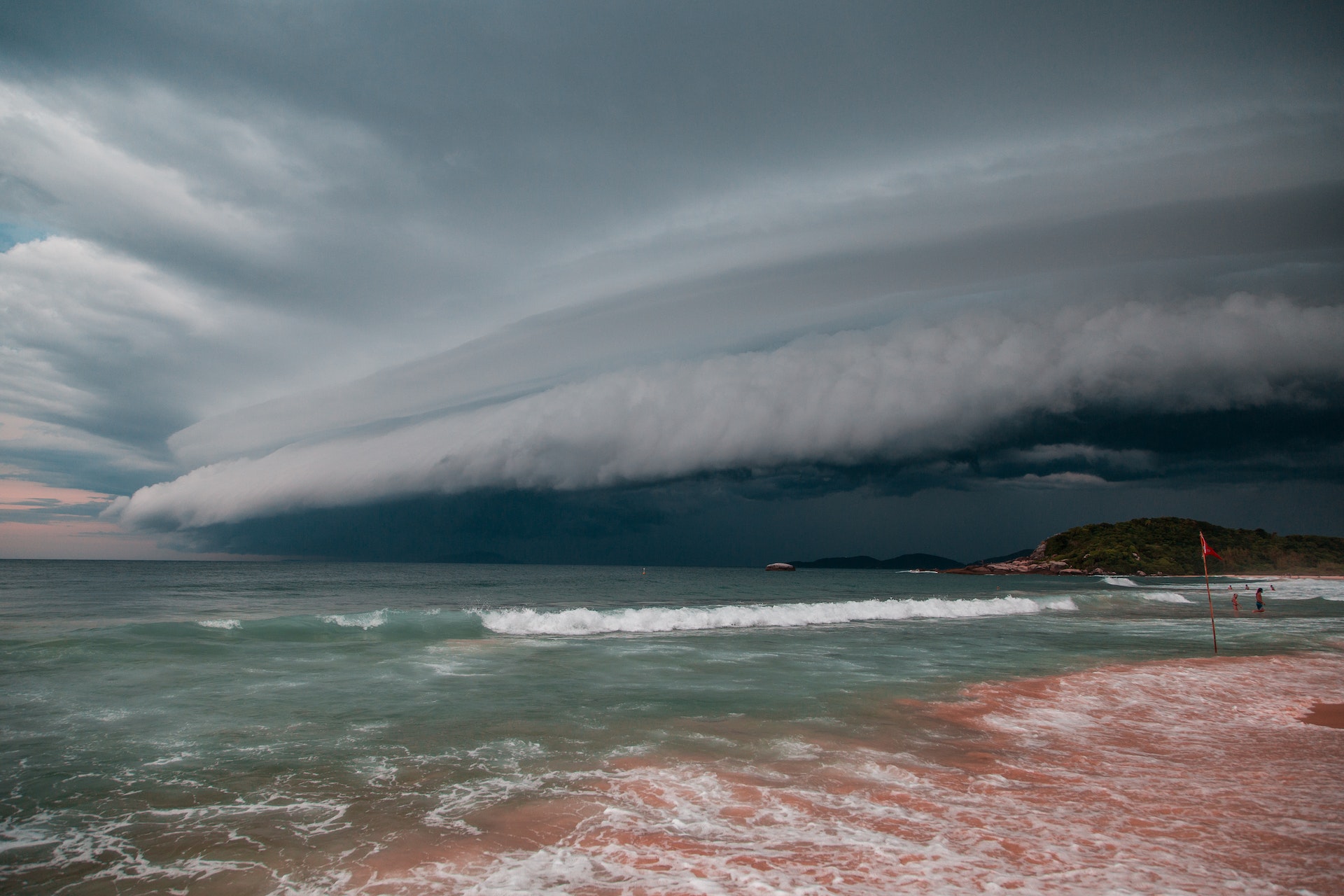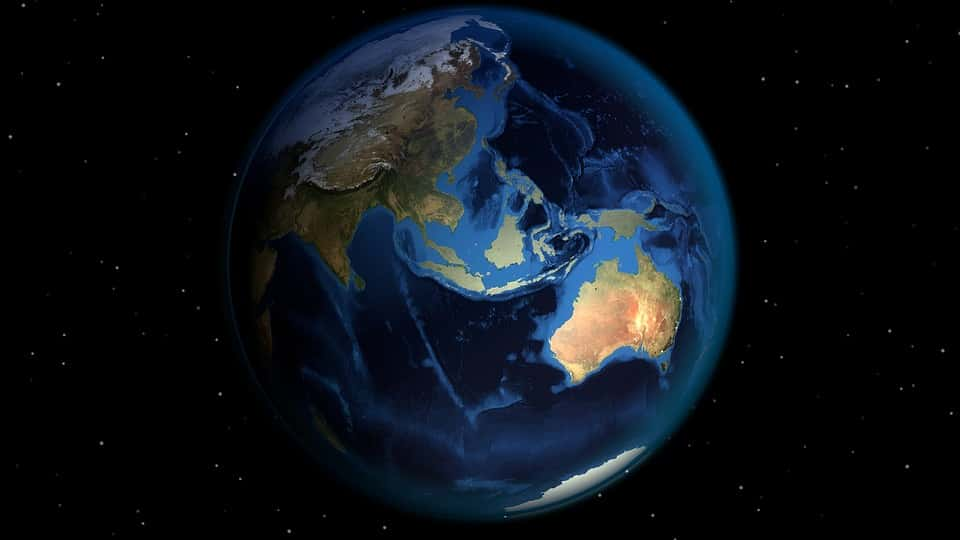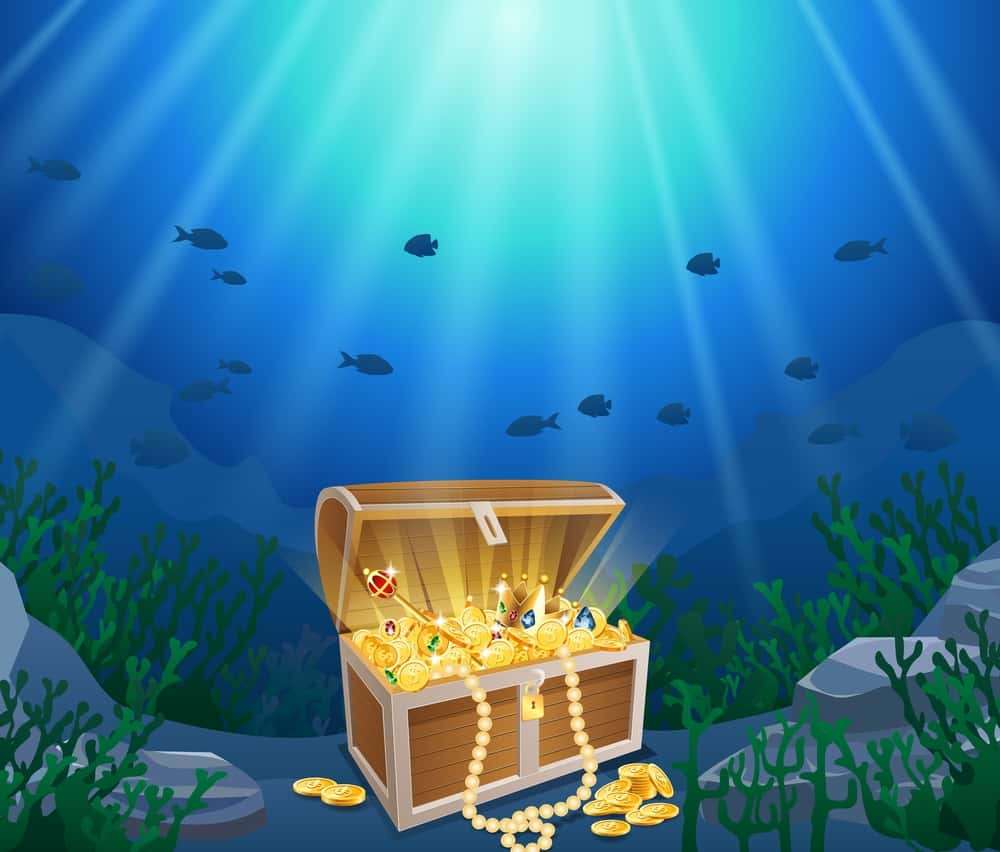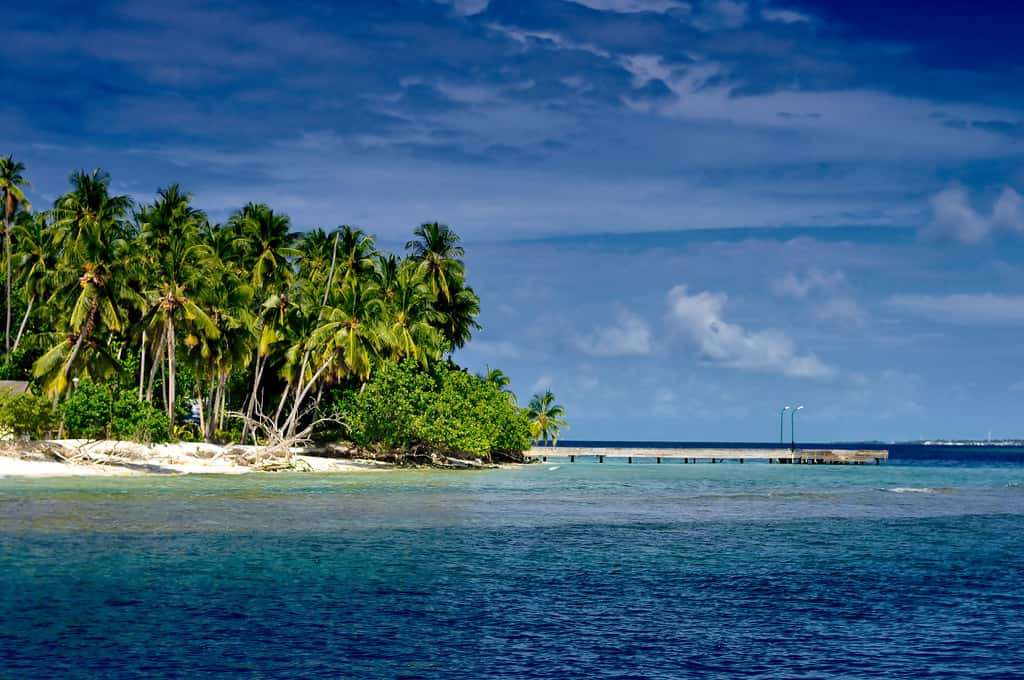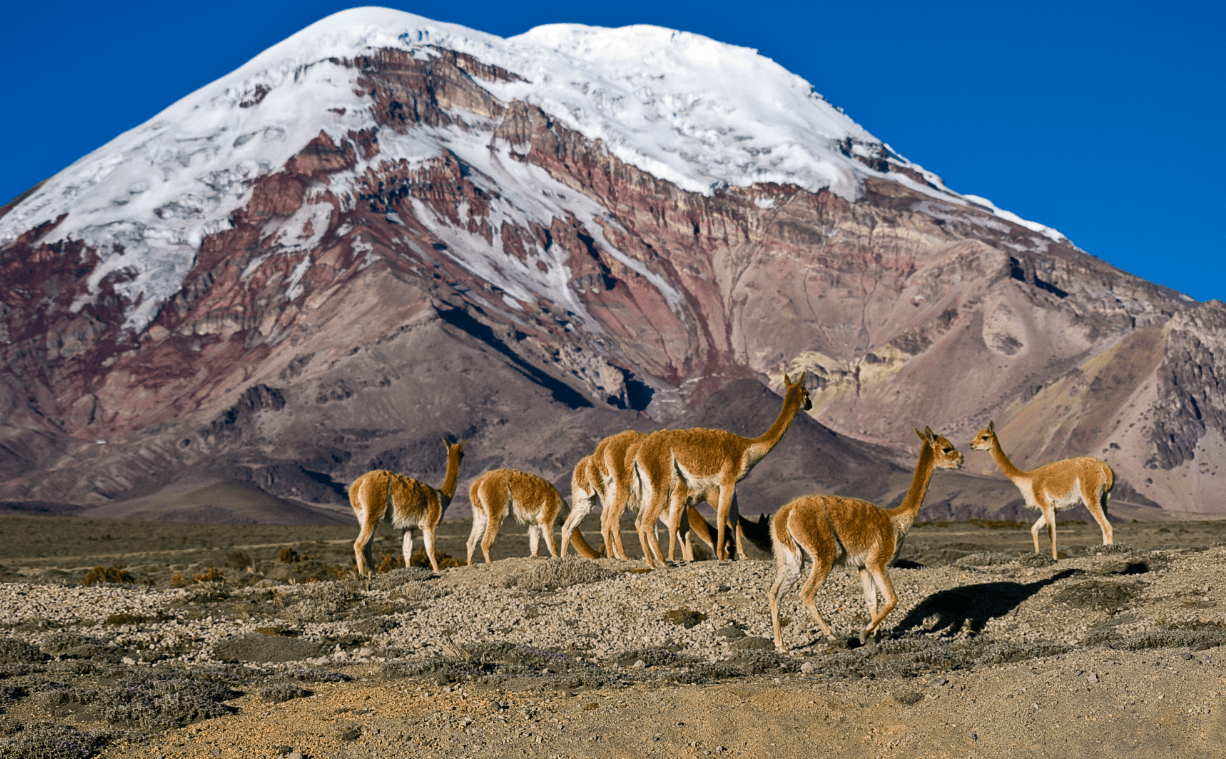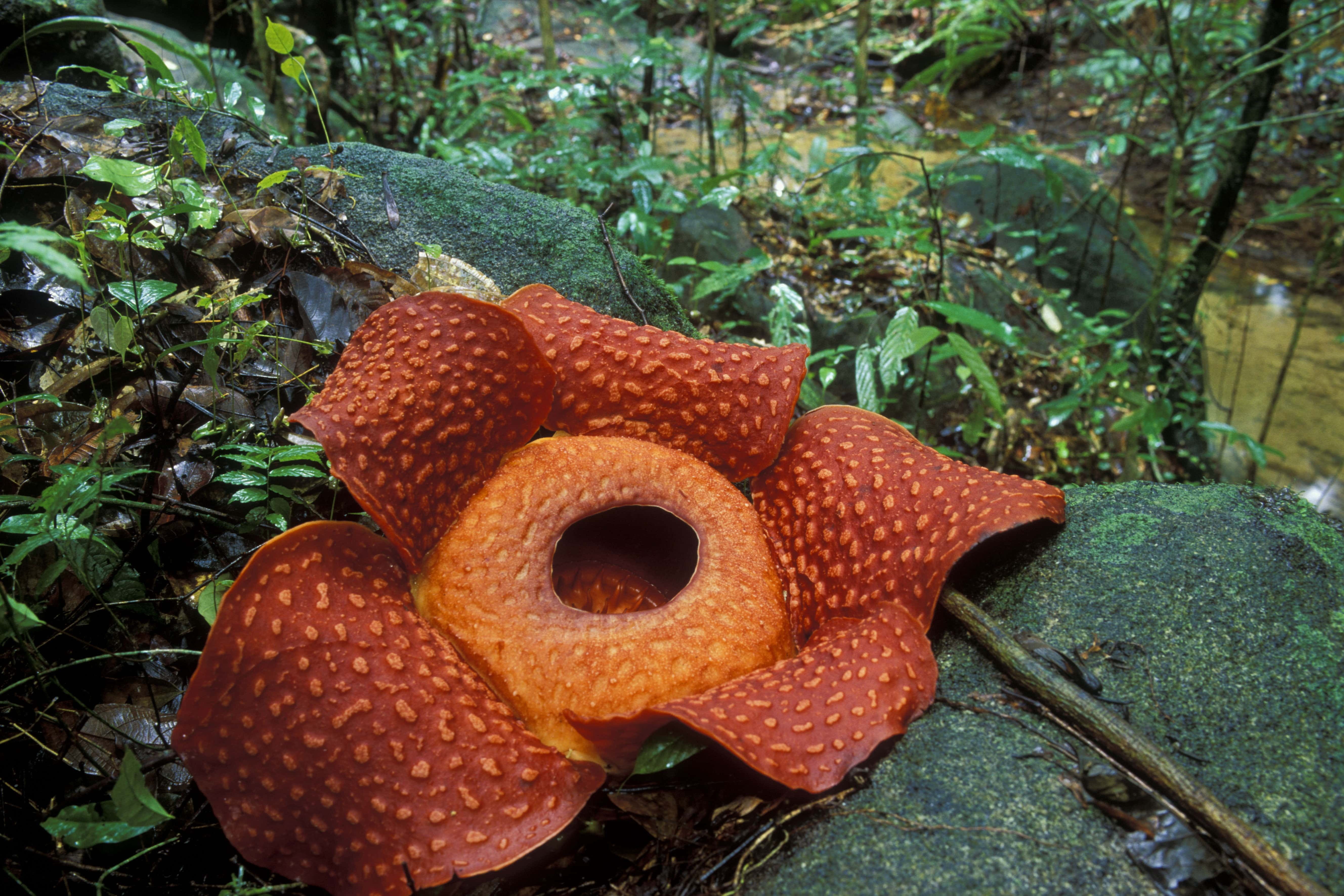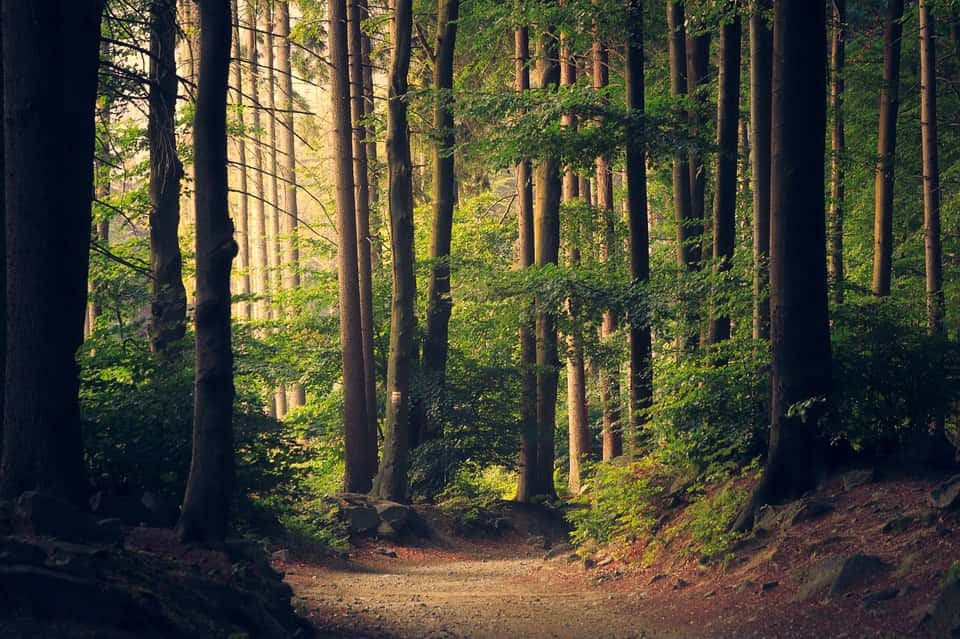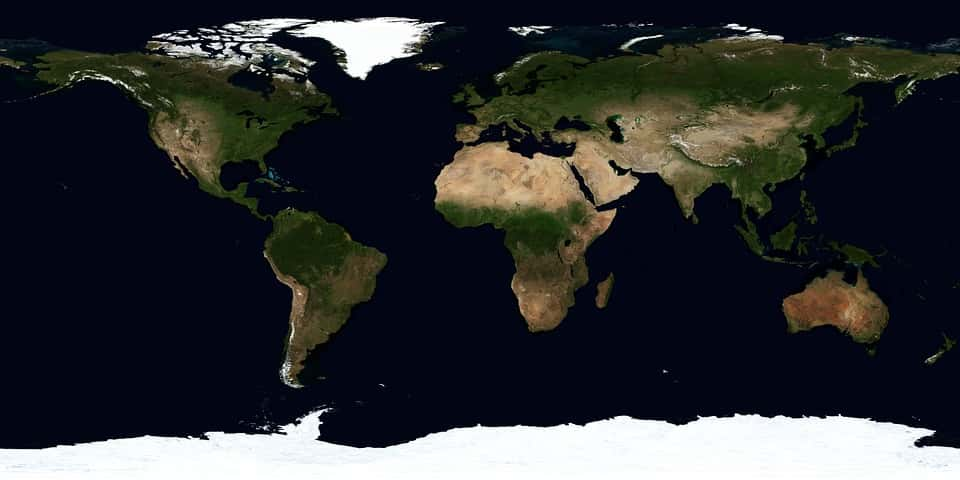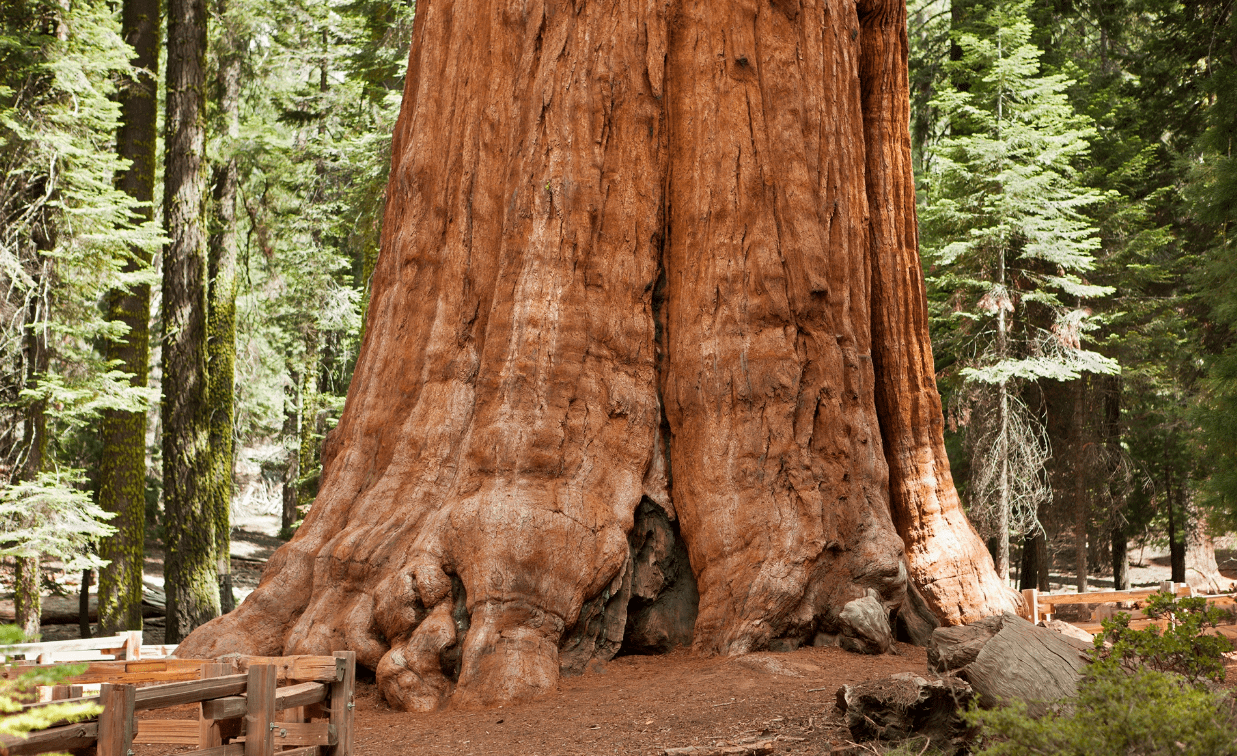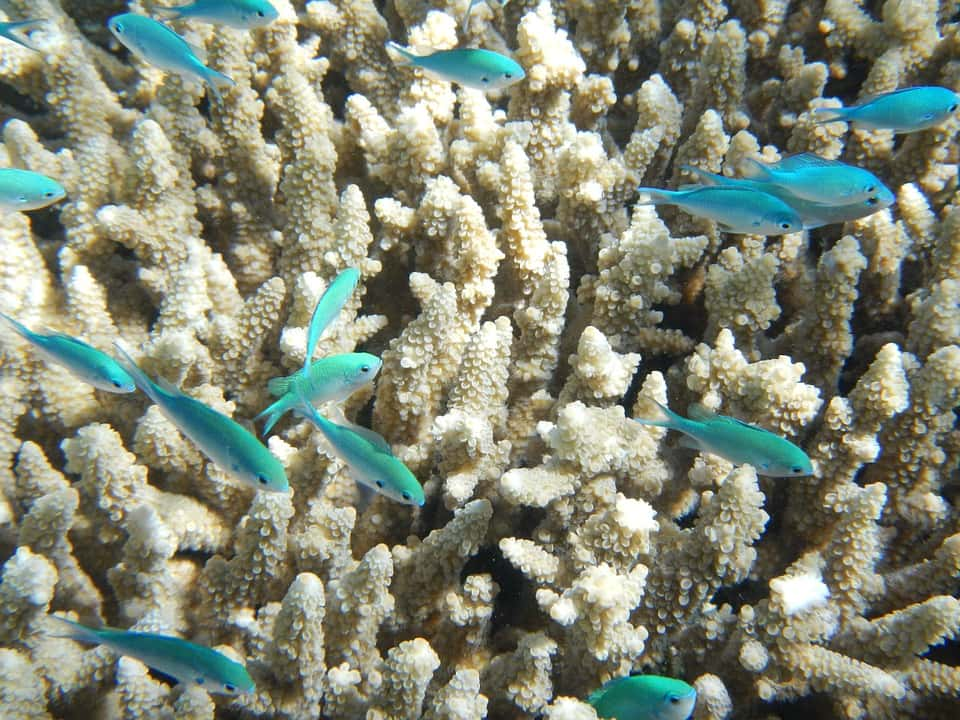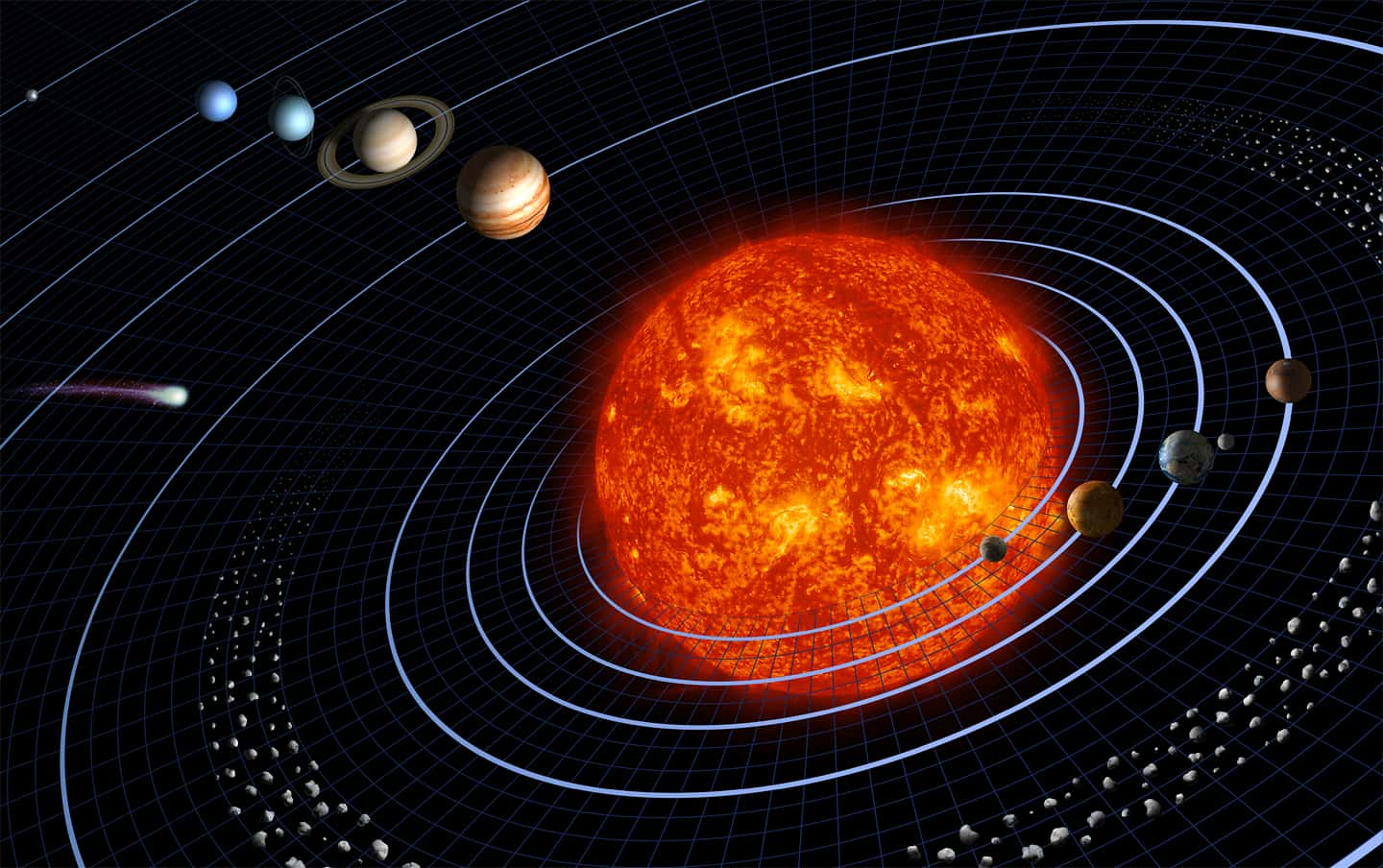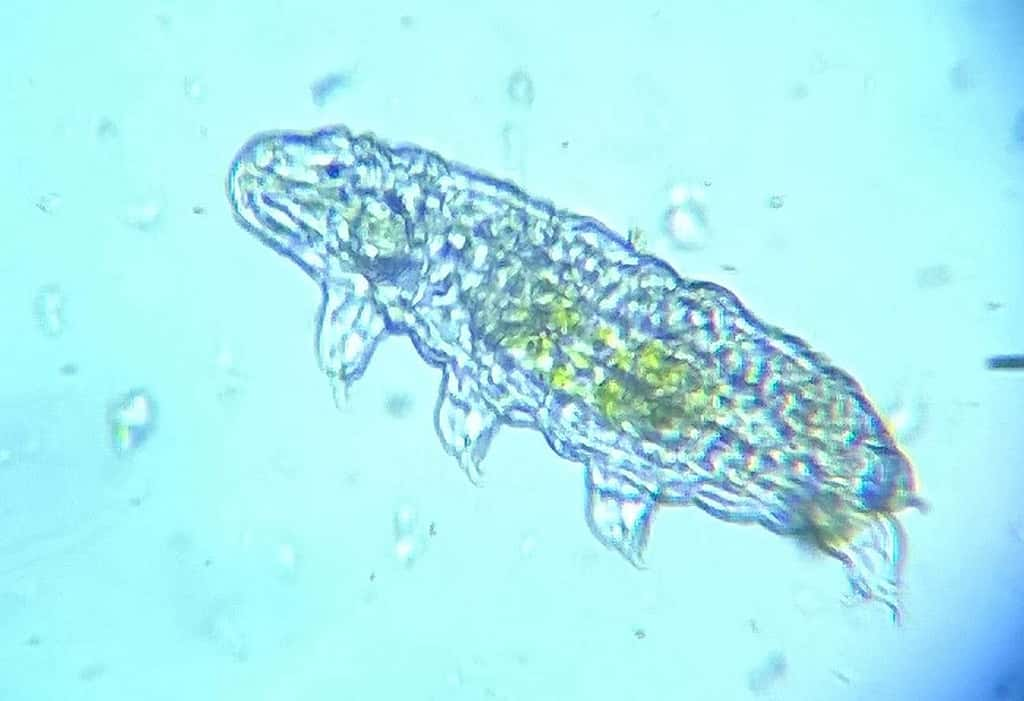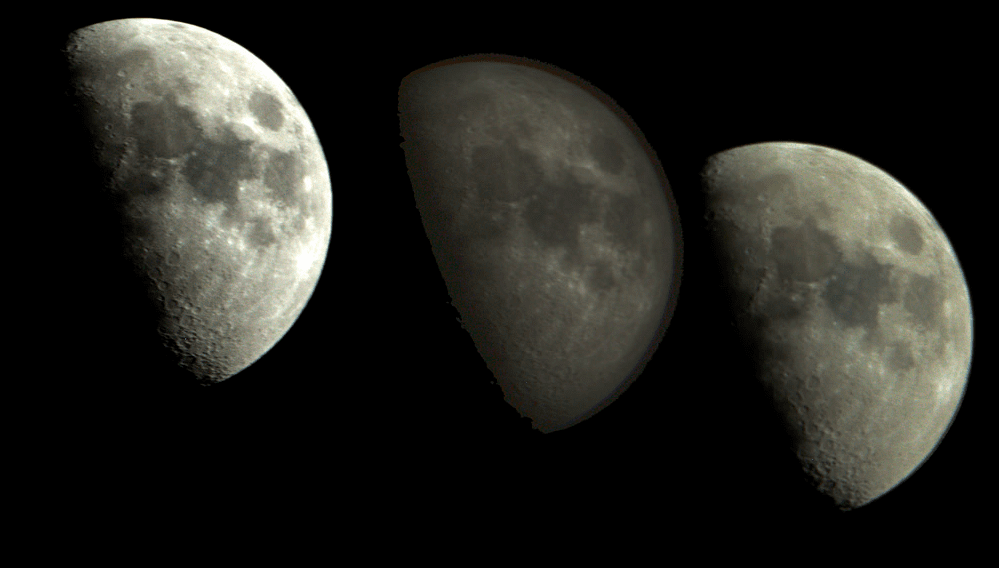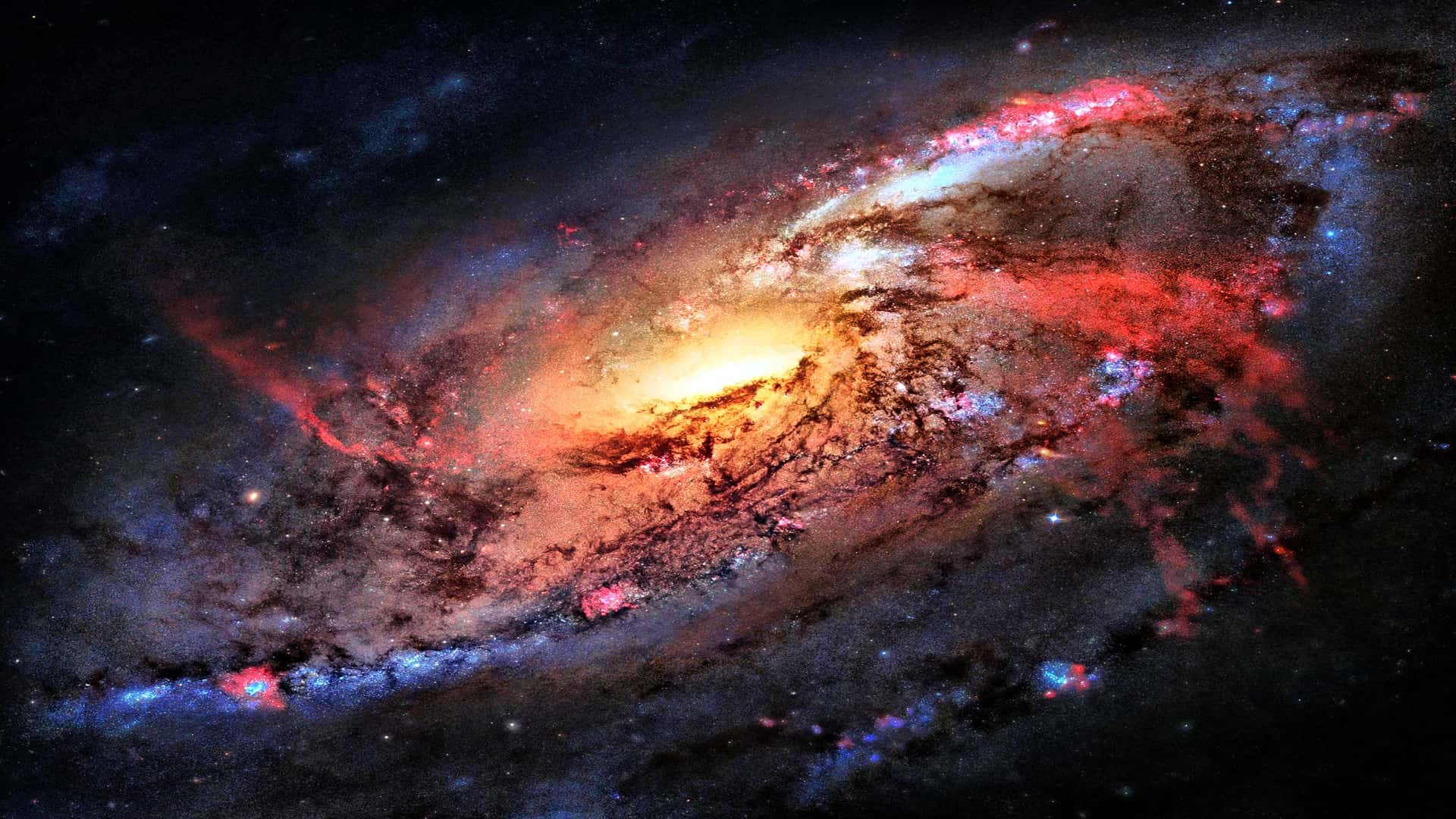"We succeeded in taking that picture, and, if you look at it, you see a dot. That's here, that's home. That's us. On it, everyone you ever heard of, every human being who ever lived, lived out their lives. The aggregate of all our joys and sufferings, thousands of confident religions, ideologies and economic doctrines, every hunter and forager, every hero and coward, every creator and destroyer of civilizations, every king and peasant, every young couple in love, every hopeful child, every mother and father, every inventor and explorer, every teacher of morals, every corrupt politician, every superstar, every supreme leader, every saint and sinner in the history of our species, lived there – on a mote of dust, suspended in a sunbeam." -Carl Sagan 1994.
Sagan had a way of making us realize just how small we are on a universal scale. We even know that some of the dots we can see are other planets. We do not know a ton about these other planets but here are some facts about the pale blue dot we call Earth.
42. Earth Vs. Garbage
There are more than 100 million pieces of junk orbiting Earth at about 17,000 miles per hour (27,000 km/hr). This includes man-made objects such as defunct satellites but also rocks. There are another 22,000 man-made objects orbiting Earth right now in planned orbits.
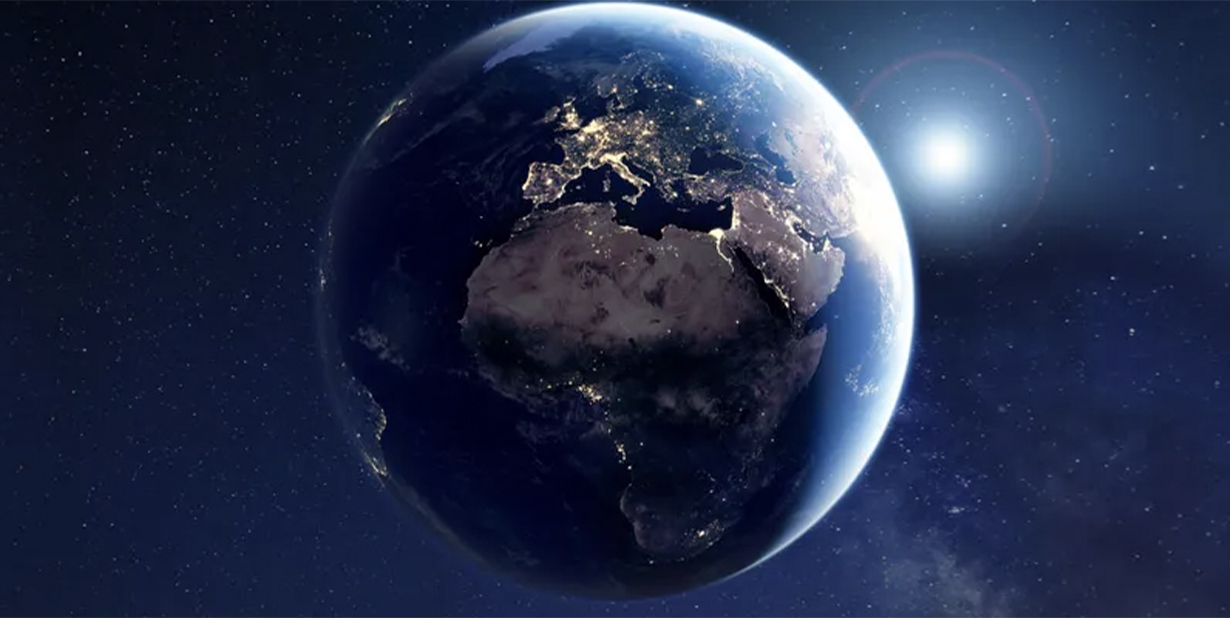
41. Our Planet's Violent Beginning
Earth was formed by vast quantities of particles (some as small as grains of sand) and larger masses (asteroids) smashing into each other as they orbited the Sun. As this mass of space junk grew, it created a gravitational field that started pulling everything in its orbit towards it, leading to more impacts and increased gravity. These impacts released huge amounts of energy, much of it in the form of heat. The amount of heat was so immense that it actually melted the entire mass which was only held together by its own gravity.
Eventually, the outer layer cooled forming the Earth's crust. It is this energy that produced and drives the molten internal layers of Earth as we know them today.
40. Mysteries Beneath The Earth
There is enough gold in the Earth’s core to cover the entire surface of the Earth in a 1.5 foot layer gold.
The reason all this gold is in the core is tied to Earth's formation. Recall a liquid density experiment in your science class. All the layers of liquid just sit on top of each other and do not mix because they have different densities, the heaviest liquids sinking to the bottom. There was a time in Earth's formation when the entire planet was molten. During this period, much of the densest material sunk inward toward the middle of the planet and the less dense materials floated to the top. Because gold is such a dense metal, most of it sunk into the depths of what would become Earth.
People have considered trying to get into the inner layers of the Earth to harvest the precious metals within but there are some challenges - for one, the inner core is about the same temperature as the Sun.
39.Nightmare on Earth
According to one planetary scientist, Simone Marchi, it took an awfully long time for our planet to become a nice place for living. "Conditions on early Earth may have been hellish," Marchi once told Space.com, referring to the total lack of water and the presence of radioactive material.
It was only later on that our home world developed the massive oceans which now cover up to 71% of its surface, and help to sustain life.
38. A Long Time Coming
It's easy to forget that the profession of science is an... imperfect science.
For more than 1.5 thousand years, the dominant model for understanding the Earth's place in the universe was geocentrism, an idea which proposed that the Earth was the center of the Solar System (and possibly the entire universe).
The logic wasn't as silly as it seems. Classical observers figured that the seemingly fixed positions of stars and planets in the sky proved that they were simply rotating around a stationary Earth. Additionally, it seemed clear from reasonable observation that the Earth itself couldn't be moving. After all, wouldn't we feel it?
It took thousands of years for astronomers like Johannes Kepler, Galileo Galilei, and Nicolaus Copernicus to develop a model of the universe like the one we have today. But never forget: if you or I had been alive back then, we would have thought the Earth was the center too.
37. The Big Myth
The idea that ancient people generally believed in a Flat Earth is, for the most part, a myth.
Even those great-thinkers (like Aristotle or Plato) who mistakingly believed the Earth was the center of the universe, were not under the impression that the Earth itself was flat.
36. Slow Poke
There's a massive shift happening, right now, underneath our feet...
The Earth's rotation is slowing down.
The deceleration isn't exactly instantaneous, though. Our planetary rotation is only happening about 17 milliseconds slower every 100 years. But it does have an impact. Our days are getting slightly longer. In just a few short years (140 million, to be exact) each will be last about 25 hours.
35. Stay Warm, Stay Alive
It is the immense internal heat within Earth that is what caused our planet to be inhabitable and keeps it that way. The activity beneath the surface led to releases of gases and other minerals over Earth's long life (eruptions). These eruptions of gases formed the atmosphere that gives us life and protects us from the vacuum of space to this day.
34. Snowball Earth
The Snowball Earth hypothesis proposes that Earth's surface became nearly entirely frozen at least once, sometime earlier than 650 million years ago. It is believed that this period of Earth's history is what caused the evolution of multicellular organisms leading to the Cambrian explosion (the time when complex life began to appear). Earth was able to escape the depths of Snowball Earth because of eruptions beneath the ice that released huge amounts of CO2 into the atmosphere, creating a greenhouse effect. Some greenhouse=good, too much greenhouse=bad. Without some greenhouse effect, Earth’s global temperature would be 0 degrees Fahrenheit (-18 degrees Celsius).

History's most fascinating stories and darkest secrets, delivered to your inbox daily.
33. Free Oxygen
The air we breathe is 78% nitrogen, 21% oxygen and 1% other gasses.
Where did the oxygen come from? The greenhouse effect that allowed Earth to battle the Snowball age (caused by the high amount of CO2 in the atmosphere at the time) warmed the planet to a point where life could thrive. The earliest life forms were photosynthesizing organisms. These forms of life use sunlight and to produce carbohydrates (energy) from CO2 and water. The by-product of this photosynthesis reaction is oxygen. Over millions of years, the photosynthesizing life, such as plants, released so much oxygen the composition of the atmosphere changed allowing oxygen breathing organisms to begin to evolve.

32. High-Quality H2O
Earth is the only planet in our solar system where liquid water is found (although some maintain hope of finding it on Mars).
Liquid H2O is believed to be the key to the survival of every life form.
31. That's Deep
The Challenger Deep in the Mariana Trench is the deepest known point in Earth's oceans. In 2010 the United States Center for Coastal & Ocean Mapping measured the depth of the Challenger Deep at 10,994 meters (36,070 feet) below sea level with an estimated vertical accuracy of ± 40 meters. If Mount Everest were placed at the bottom, it would still be covered by over one mile of water.
30. Why We Call It Earth
The name “Earth” comes from Old English and Old High Germanic words (eorthe and erda, respectively) for “ground” or “soil.” Earth is the only planet that is not named after a Greco-Roman deity.
Pxhere
29. Changin' Planet
The Earth is constantly in flux. Before our atmosphere settled into the exact composition of gases that allows us to thrive today, it went through several stages of growth and adaption, often over the course of millions of years.
For example...
300 million years ago, the planet had an unusually high oxygen content in its atmosphere. This allowed insects and other arthropods to get bigger than they’ve ever been, before or since. The biggest one yet to be discovered is Arthropleura. It looked a lot like modern millipedes—not so scary, right? Oh, did I mention it was eight feet long?
28. Thunder-Buddies
Ever get shocked by a door handle? Lightning strikes are caused by the same static build-up of charge-- but on a global scale. Lightning strikes Earth over 8.6 million times per day. Each bolt can contain up to one billion volts of electricity.
27. Catchin' Waves
Earth’s crust is made of many plates-- like surfboards floating on a sea of magma (called the mantle).
The convection currents in the mantle force the plates to move. The plates move just a few inches a year—about as fast as a person’s fingernails grow. Based on the current movement of the plates, in 250 million years, a new supercontinent will be born.
26. Getting Mooned
If you think about it, there are only a few absolutely universal experiences in human life. Although we are similar in many ways, we might live in different places, under different conditions, and experience life entirely differently.
The moon, though, is one thing we all have in common. Which is what makes it so surprising that we're still not exactly sure where it came from.
Here's what we know for sure: it wasn't there when the Earth first formed, about 4.5 billion years ago. Carbon dating of the moon rocks brought back by Apollo astronauts shows the Moon showed up about 100 million years after our solar system did.
And so how did the Moon form? The leading theory is called the Planetary Impact Hypothesis, and it posits that a large Mars-size body slammed into the Earth while it was still young, blasting an almost unthinkable amount of material out into space. Material which would, later on, come together and form our Moon.
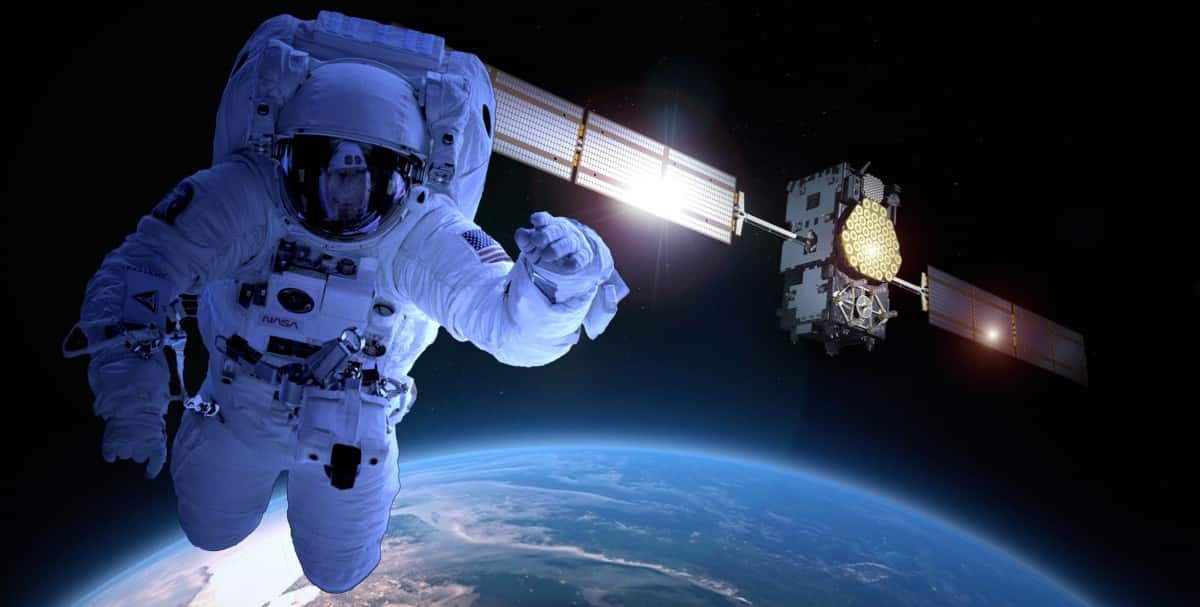
25. Exploration
Humans have only explored 5% of Earth’s oceans. Therefore, there have been fewer humans in many locations on Earth than on the moon. It is believed that there is as much as $60 billion in lost treasure from shipwrecks scattered in the ocean so it may not be such a bad idea to start exploring.
24. More Water In-bound
Sea levels have risen about 7 inches in the in the last 100 years, which is more than the previous 2000 years combined. The rising sea levels due to global warming could threaten the lives of people living along the coastal areas.
Flickr
23. The North Pole(s)
The North Pole is the point at which the Earth's axis of rotation meets the surface. What will you find here? Nothing but ice. There are no significant geologic features that have been created due to their proximity to the pole.
However, there is a second North Pole: Magnetic North.
This is the point in which the Earth's magnetic field points vertically down through the planet. It is also where compasses point to. This is why compasses can be deceiving, especially as you move north.
22. Cue The X-Files Music
Those flat-earthers were right all along: our planet is not really a sphere...
OK, so they aren't right that the Earth is flat. But technically, Earth is an oblate spheroid, not a sphere. Imagine a ball that you squished on the top and bottom, causing the middle portion to bulge. This is due to the centrifugal force of Earth rotation. The forces created from Earth spinning causes it to bulge at the equator. The same reason why liquid will fly out of a bowl if you mix it too quickly.

21. Technicalities
The closest point to space on Earth is not Mount Everest. Rather it is Mount Chimborazo, a 20,000 plus foot mountain in the Andes. Even though Mount Everest is taller from sea level, Mount Chimborazo sits higher on Earth's bulge at the equator.
Getty Images
20. Not Of This Planet
Because Antarctica has little vegetation and a snowy landscape, it is one of the best places on Earth to find meteorites. More meteorites have been found in Antarctica than anywhere else in the world.
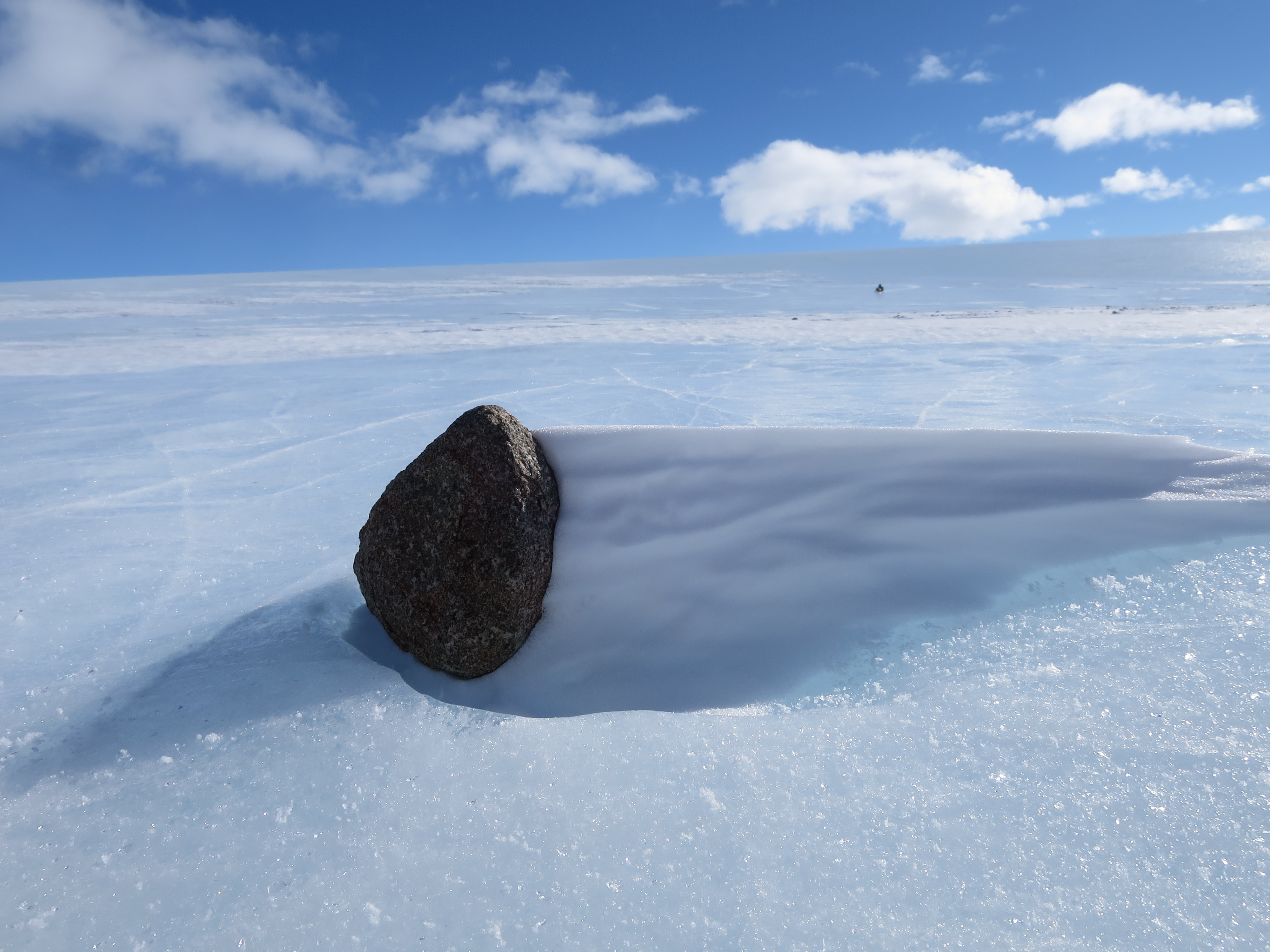 Wikimedia Commons, NASA/Cindy Evans
Wikimedia Commons, NASA/Cindy Evans
19. Not So Romantic
The largest flower on Earth is also the smelliest. Originating from Sumatra, the titan arum, as scientists refer to it, emits an odor resembling that of decaying flesh. It emits this scent to lure pollinating insects like flies that nourish themselves on the remains of animals.
18. Water World
Just .0003% of the Earth’s water can be used by humans. Over 68% of that .0003% is frozen in permanent ice, in Earth’s ice caps and glaciers. Antarctica holds about 90% of the Earth’s ice and 70% of Earth’s fresh water. Sea levels on Earth would rise about 60 m (200 ft) if all the ice in Antarctica were to melt. Lake Baikal in Russia holds 20% of Earth’s unfrozen freshwater. It is the deepest and oldest lake in the world.
17. The Forest For The Trees
There are about 3 trillion trees on earth, or about 422 trees per person. However, the number of trees on the planet has slashed by nearly half since the beginning of human civilization. Over 15 billion trees are lost due to human activity each year.
16. The Great Big Question
Well, we're not going to just casually mention the obliteration of life on Earth, without also talking about something a little less depressing. So, let's get into what just might be the biggest question ever asked: How did life on Earth start?
You see, scientists have a pretty good idea of how life evolved on Earth over the last 4.5 billion years or so. Small microbial organisms gradually developed into the complex, multi-cellular life we see around the world today.
What they're less sure about is how that life began in the first place. Some suggestions have indicated that it may have been lightning, which “sparked” the necessary amino acids into existence. Or it may have been clay acting as a surface for cells to organize themselves into more complex patterns.

15. Making a difference
A tree can absorb as much as 48 pounds of carbon dioxide per year. Considering how light the gas is, this is actually a huge amount.
14. You're hot then you're cold
Scientists believe that Earth’s stable climate is an anomaly that will end in the next billion years.
Pixabay
13. Black rose
There are no black flowers on earth, though some are very dark shades of purple or red.
12. Old Growth
The tallest known tree on Earth is a redwood tree in a California forest. Nicknamed “Hyperion,” it is about twice as tall as the statue of liberty, at 380 feet high. Also in California is General Sherman, the world's largest tree by volume. With a height 275 ft, a diameter of 25 ft, an estimated volume of 52,513 cu ft, and an estimated age of 2,300–2,700 years, it is among the tallest, widest, and longest-lived of all trees on the planet.
11. Under Attack
Earth’s nickel-iron core creates a powerful magnetic field. It is the difference is the rate of rotation of the liquid outer core and the solid inner core that create a dynamo effect which gives off a powerful magnetic field. The field protects the Earth from damaging solar winds. These solar winds would literally strip the atmosphere off the Earth if it were not for the magnetic fields. The auroras (Northern Lights) at the poles are caused by the solar winds and other ions interacting with the Earth's magnetic field.
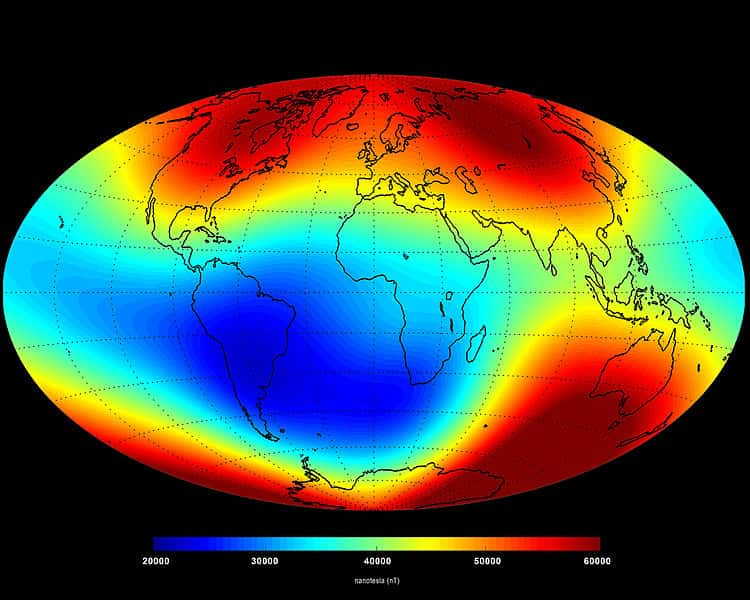 Wikimedia Commons, ESA/DTU Space
Wikimedia Commons, ESA/DTU Space
10. Wold of extremes
The hottest temperature ever recorded on Earth’s surface was 136 degrees Fahrenheit in El Azizia, Libya in 1922.The coldest temperature ever recorded was in Antarctica’s Vostok Station at a bone-chilling minus 128 degrees Fahrenheit.
9. It's alive!
The Great Barrier Reef in Australia is the largest living structure on Earth. It stretches for over 2,300 kilometers, taking up a total area of more than 344,400 square kilometers. It is home to thousands of species of animals many of which are threatened or endangered.
8. How We Got To Now
As we mentioned, it took a long, long time for people to accept our current model of the universe. We only got to this point because of the perseverance and bravery of some truly pioneering scientists.
One of those scientists was Nicolaus Copernicus, who helped to advance the theory of heliocentricism (the idea that the sun is at the center of our solar system).
In an absurdly audacious move, Copernicus actually dedicated one of his books to the Pope. The Catholic Church didn't like that. They placed it on the Index of Prohibited Books in 1616, in an effort to discredit Copernicus and his ideas.
90 years later, the Church would go even farther when Galileo Galilei began to talk about Copernicus's ideas. They convicted him for "strong suspicion of heresy", and sentenced him to a lifetime under house arrest.
7. Fire on the mountain
Earth’s longest mountain range is actually underwater.
The creative and inspiring name it's been given by scientists is the mid-ocean ridge system (so cool!) and it stretches over 80,000 km all around the world. It is almost 20 times longer than the longest range on the surface, which is the Andes Mountains. The entire ridge is volcanic as this ridge marks the boundaries of massive oceanic plates.
 Flickr
Flickr
6. LUCA
The first known earthlings were single-celled microorganisms found at the Pilbara Craton in Western Australia. These cells quickly adapted into complex life forms, including the most recent common ancestor to all living things. The LUCA—last universal common ancestor—was a single-celled organism which featured 355 genes common in all living things today, from bacteria to human beings.
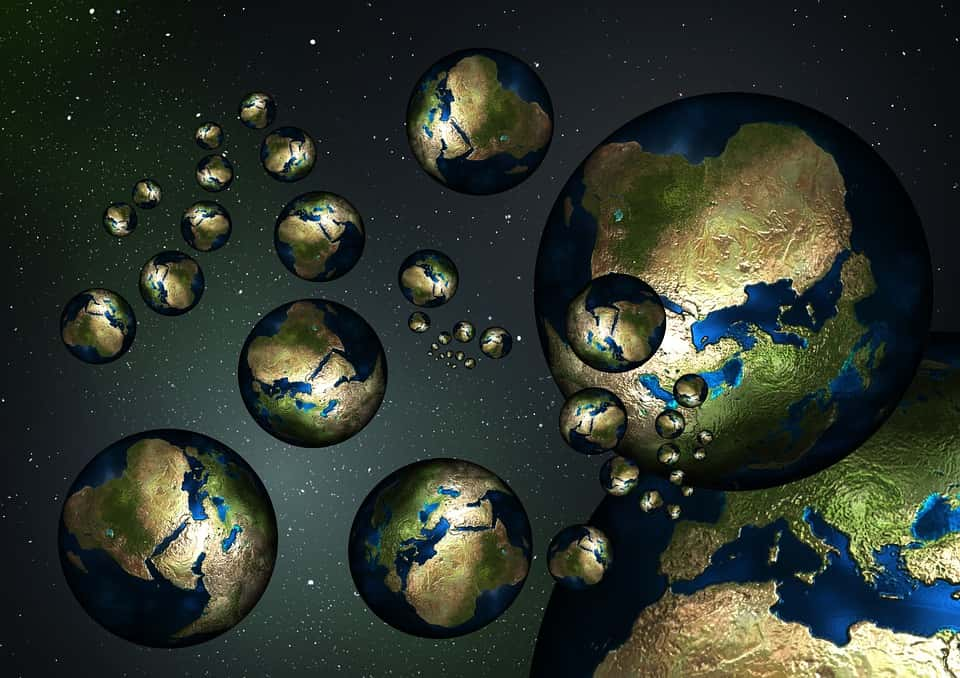 Pixabay
Pixabay
5. To the Extreme
Earth is host to all kinds of weird creatures. Some of the strangest earthlings are “extremophiles,” creatures who live in environments that thrive in unexpected, inhospitable environments. Astrobiologists think these creatures might help us imagine what life on other planets might look like. If you’ve seen a photo of a tardigrade, a micro-animal that is often considered an extremophile, you’d probably agree.
Globo
4. Journey to the center of the Earth
If there were a tunnel through one end of the earth to another, it would take about 42 minutes to fall all the way through.
Technically you would not fall all the way through. Once you passed the center of the Earth, gravity would begin to pull you the other direction. Imagine the ride that would be-- you'd be trapped, falling back-and-forth, until you eventually settled in the center of the Earth. Extremely, extremely lifeless.
3. Stars for days
Earth has about seven quintillion, five hundred quadrillion grains of sand.
Still, the known universe contains 70 thousand million, million, million stars in the observable universe, which means there are about 10,000 stars out there for every grain of sand on our home world.
2. Supervolcano
Yellowstone National Park is actually a huge volcano or what some scientists refer to as a supervolcano. Its most recent eruption came long before humans lived. It hurled ash all the way to the Gulf of Mexico. A supervolcano is a volcano capable of producing a volcanic eruption with an ejecta mass greater than 1015 kg. These eruptions can cause global sudden climate change which can threaten the existence of life on Earth.
1. Earth's Three Moons?
Earth has 1 moon (The Moon). There are 2 additional asteroids locked into co-orbital orbits with Earth called 3753 Cruithne and 2002 AA29. 3753 Cruithne is 5 km across, and sometimes called Earth’s second moon. It doesn’t actually orbit the Earth, but has a synchronized orbit with our home planet. It has an orbit that makes it look like it’s following the Earth in orbit, but it’s actually following its own, distinct path around the Sun .2002 AA29 is only 60 meters across, and makes a horseshoe orbit around the Earth that brings it close to the planet every 95 years. In about 600 years, it will appear to circle Earth in a quasi-satellite orbit. Scientists have suggested that it might make a good target for a space exploration mission.


